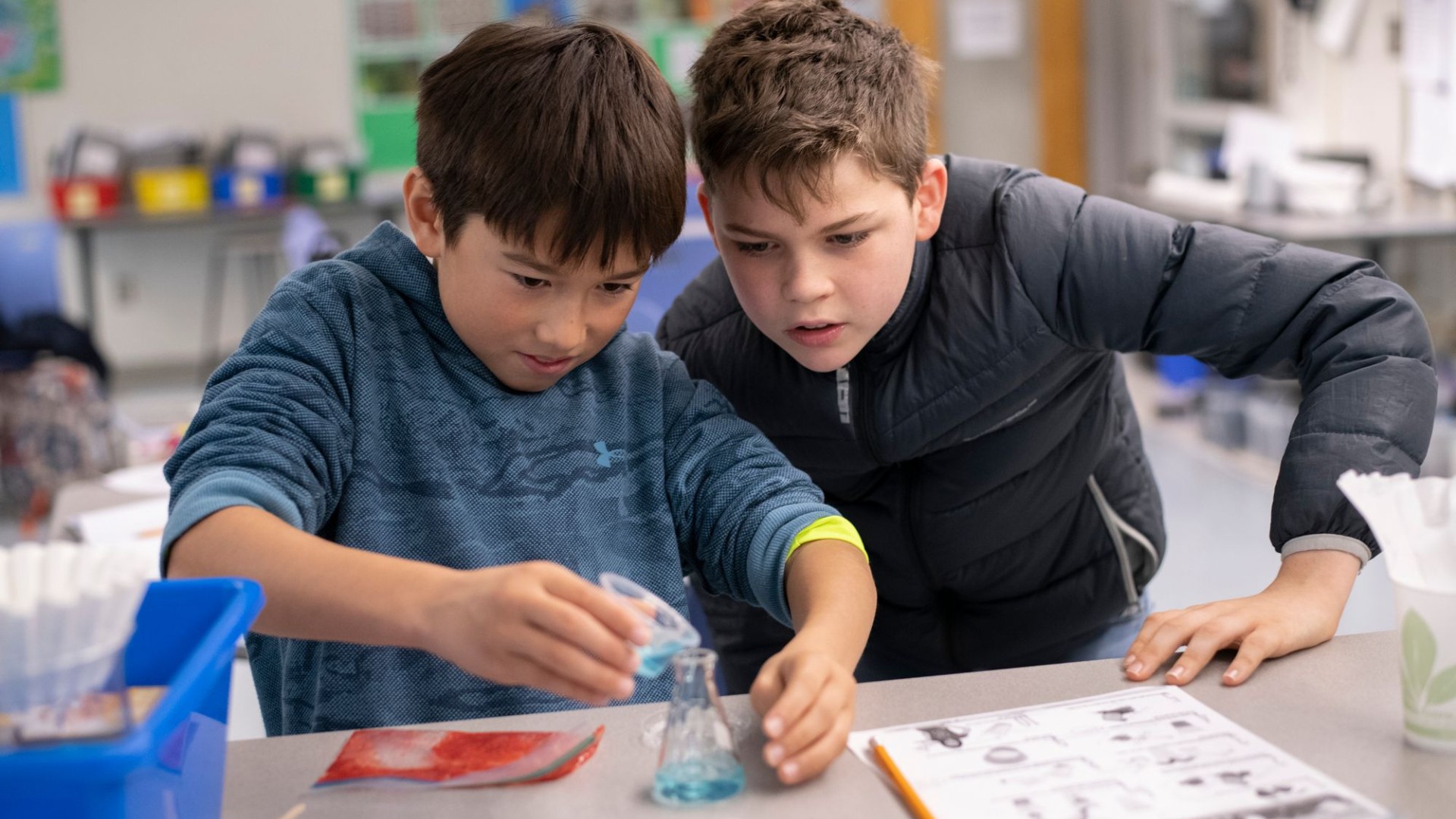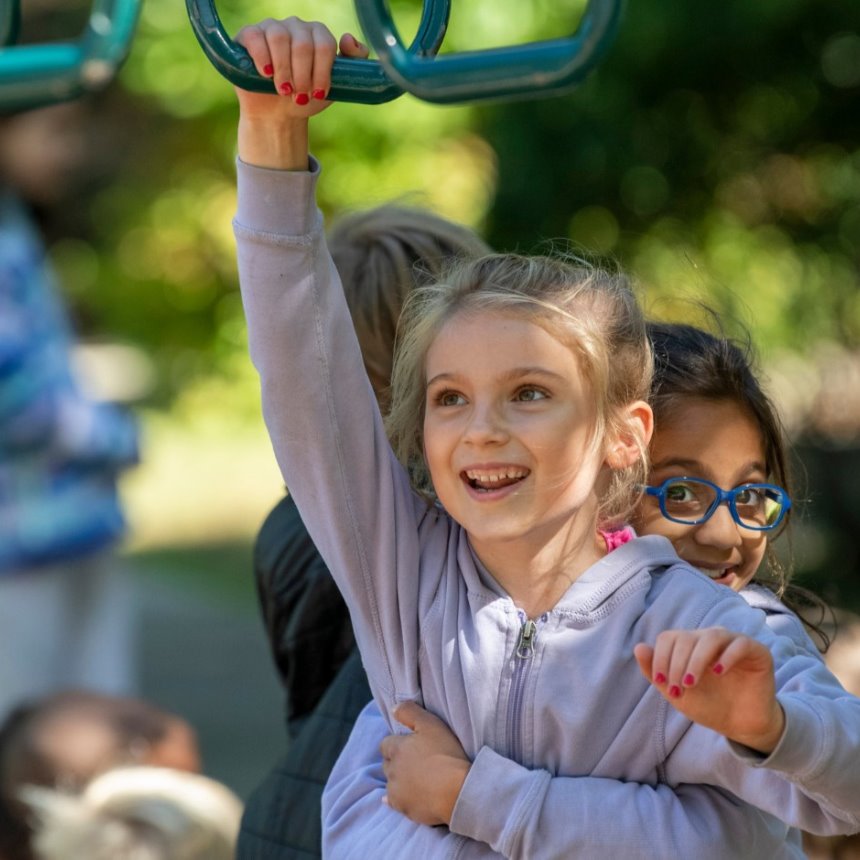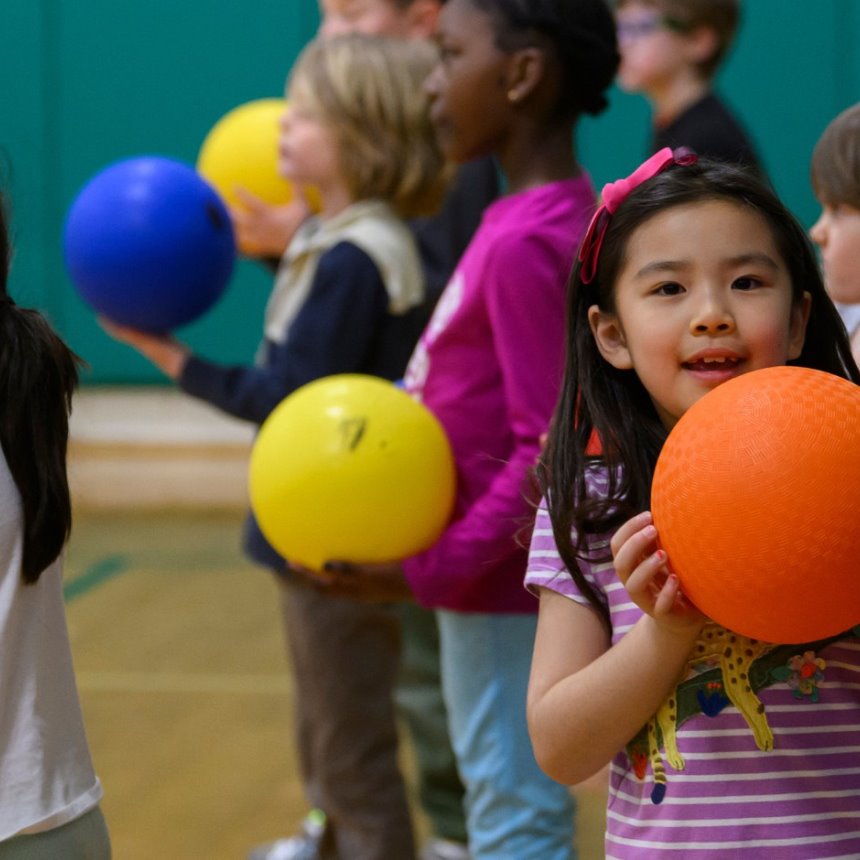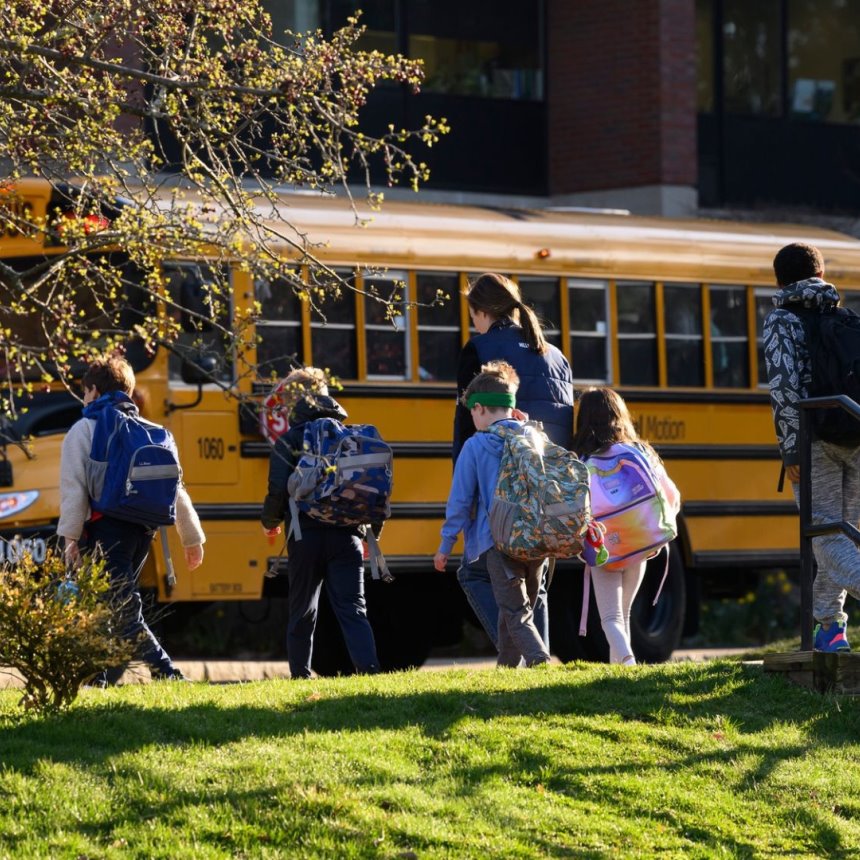Academics & Performance
At Park, we understand that academic excellence depends on more than just a score earned in a single marking period or on a given test, or even a cumulative grade point average.
Park students perform exceptionally well, and the next schools they attend appreciate the thoughtful leadership, accomplishment, and excitement for learning Park students bring. Yet more important than these external measures is the intrinsic commitment to learning and exploration that Park students sustain.

Problem-Solving & Lateral Thinking
At Park, we guide students to see accomplishment as an ongoing process, and emphasize the tools and attitudes students bring to tackling each challenge. Teachers work to instill strong, foundational habits and the ability to use knowledge and strategies to solve challenges students may not have seen before. It’s never just about “getting through the test” – the learning acquired is lasting, elastic, and confidence building.
.jpg)
Small Classes & Focused Learning
Every student from PreK through Grade 8 is known. With small class sizes, a diverse student body, and a culture of caring, students are challenged to learn from different perspectives, and choose new experiences. They learn to think critically, communicate skillfully, collaborate in problem-solving, and advocate for self and others. Excellence, then, is found in the investment of self in ongoing appreciation for growth and learning.
.jpg?command_1=resize&width_1=860&height_1=860)


